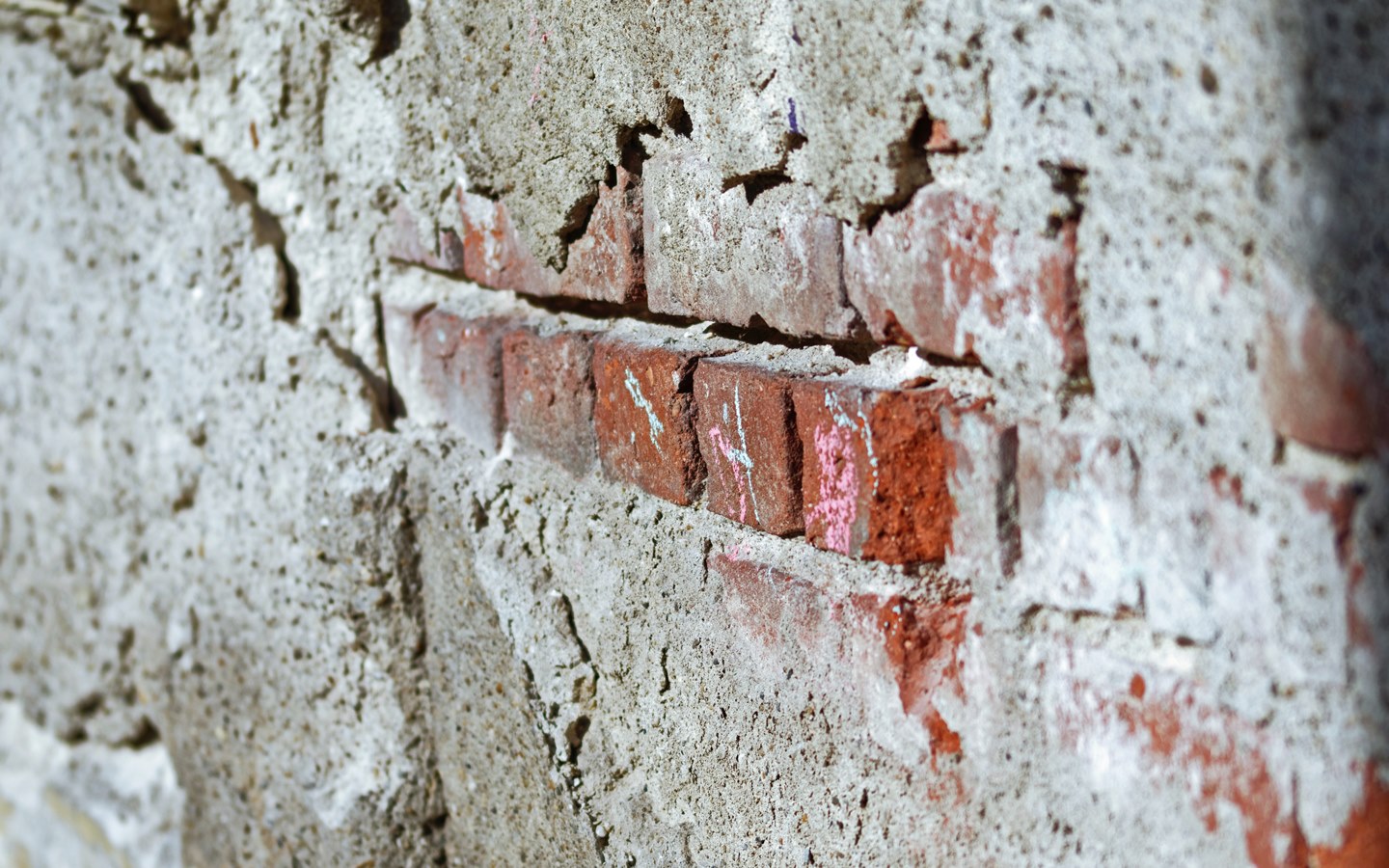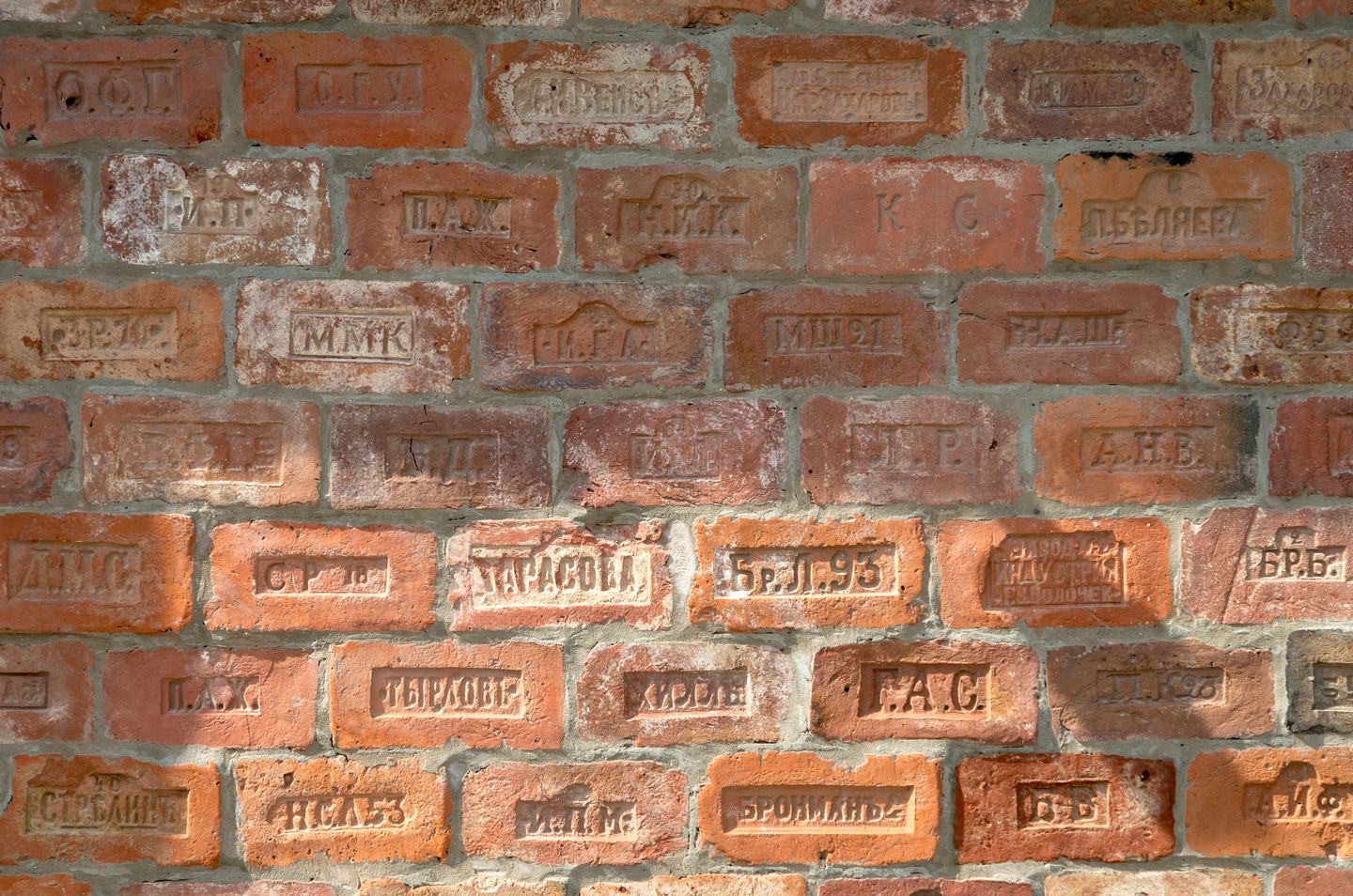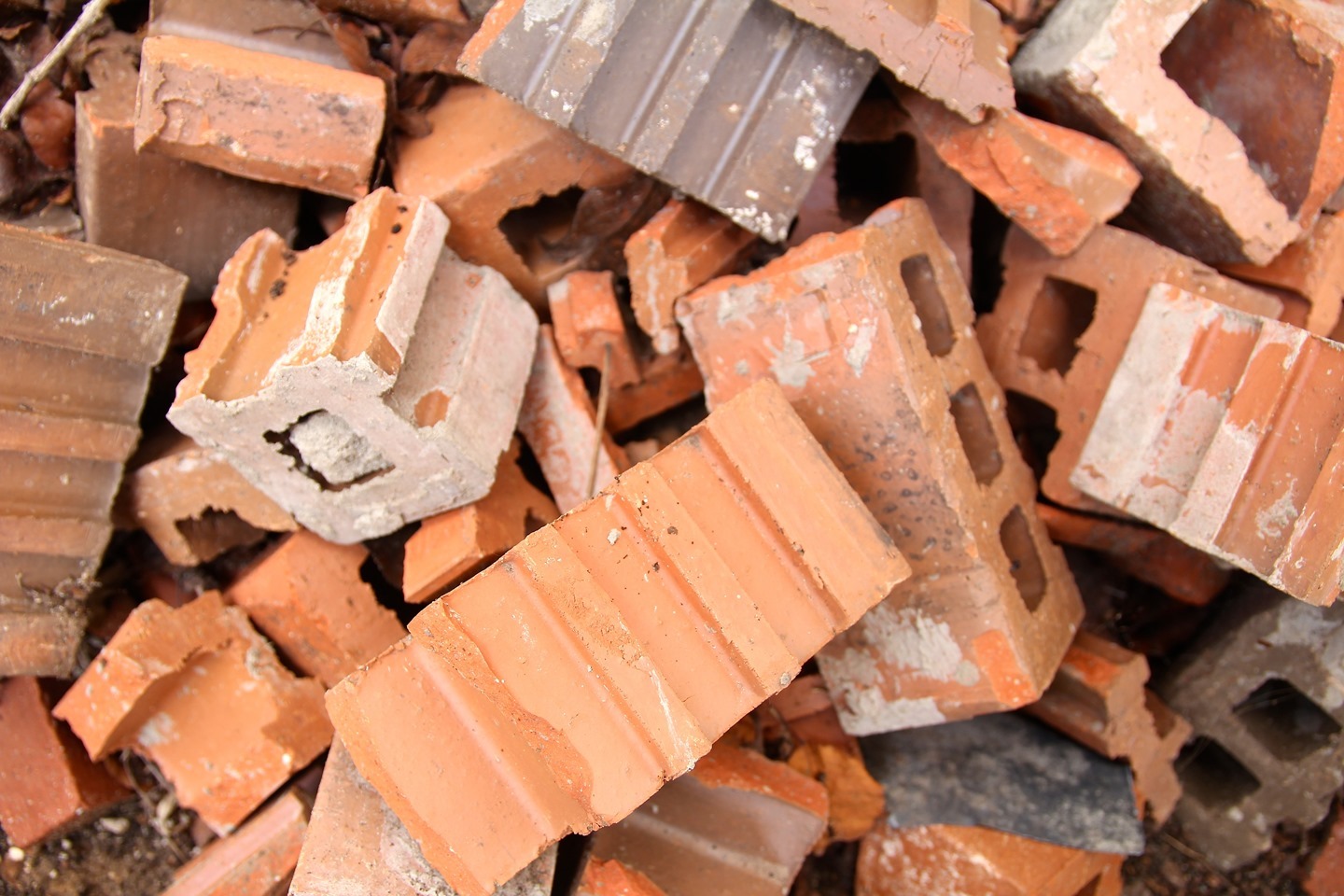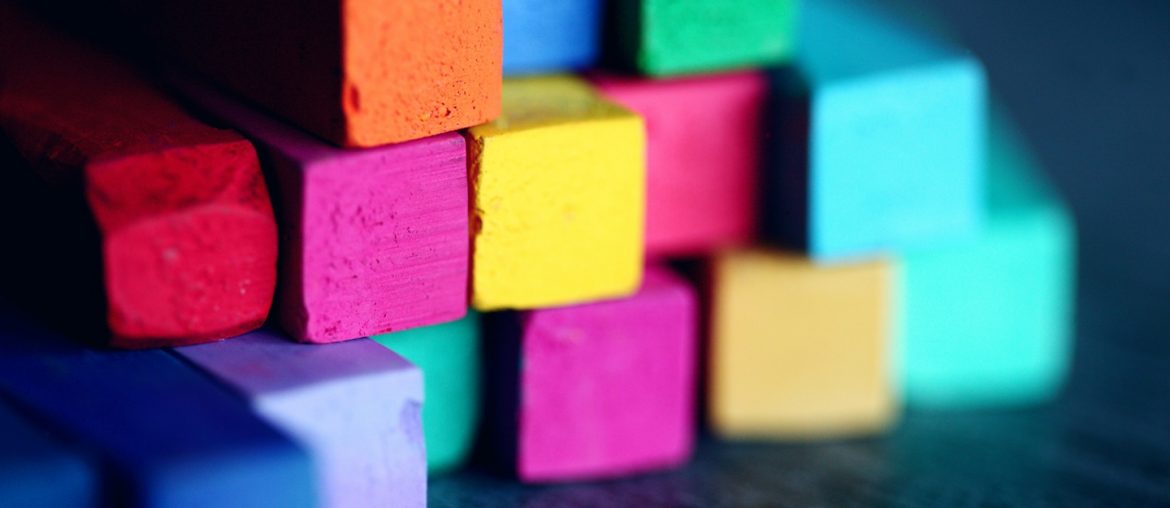Bricks are the foundation material of a building. It is a dire necessity of a homeowner to know how to check the quality of bricks before construction or buying. Brick quality tests have multiple steps and need some precautionary steps before conducting the tests. Any of the following brick quality tests can ensure long term sustainability of bricks if the results are positive. You can do these tests all by yourself or take help from an expert. But knowing how to check the quality of bricks properly makes you aware to conduct or invigilate these tests.
Efflorescence test

The efflorescence test checks the salt deposit density in the brick and is one of the most efficient brick quality tests. Higher salt deposits mean lower quality. A brick should not have any salt deposits in order to be sustainable. Slight salt deposits are acceptable but there are problems with moderate deposits as well. The result analysis will answer your question of how to check the quality of bricks through this methodological approach.
The test
To conduct this test, you need a room with proper ventilation. Take a dish measuring 30×20 cms and place the brick vertically in the dish. Fill the dish with distilled water and vertically immerse a brick 2.5 cm in water. Allow the brick to absorb the whole water. Next, allow the water to evaporate through it. After the brick appears dry, continue with the same process again. After the second evaporation process, figure out the following observations of salt deposit of bricks.
Possible Result
- Nil: When you find no deposit of salt on the bricks. Use these bricks for construction.
- Slight: Not more than 10% area of brick covers salt deposits. You can use these bricks for construction.
- Moderate: 50% of the brick area consists of a salt deposit but there is no proof of powdering or flaking on the brick surface. It is not recommended to use these bricks.
- Heavy: 50% of the brick area consists of salt deposit but there are multiple instances of powdering or flaking on the brick surfaces. Completely avoid these bricks.
- Serious: There are heavy deposits of salt with powdering and flaking surfaces. A further test can increase deposition. Any sort of construction with these bricks are highly vulnerable.
Water absorption test

To conduct brick quality tests, the water absorption test is of high importance. This test is quite easy and you can do it all by yourself. You can recommend this test to anyone looking for how to check the quality of bricks.
The test
Take 5 bricks randomly and measure the average dry weight of these bricks. Next, immerse them in water for 24 hours. After 24 hours, measure the average wet weight of these bricks.
Result
If the average wet weight exceeds 20% of the average dry weight of the bricks, it indicates that the bricks are of bad quality. This also indicates that the internal materials of the bricks are made of low quality.
Hardness, soundness and structural integrity test
You can also conduct brick quality tests through visual inspection as well as a sound test. They won’t take you more than a minute and you can easily give a verdict without much hassle. Knowing these techniques of how to check the quality of bricks can help you assure their usage in the quickest time.
Hardness test
Make a scratch on the bricks with your finger or with anything with sharp edges like a nail. If there is no spot on the bricks, it means the quality is intact.
Sound test
Take two bricks in hand and strike them together. If the bricks make a satisfactory clinking noise and do not break, it means the bricks are of the best quality.
Structural integrity test
In this test, split 2-3 bricks in half with a hammer and view the internal sections of the bricks. The internal sections should be compact, free from defects, and must not have any lumps. All the internals of the bricks should be homogenous. The visual inspection is enough to come to a conclusion.
Crush strength test

In this test, you need a compression testing machine. You can find one in any laboratory that conducts tests of construction materials. This is a very effective method in the brick quality tests scheme. You can easily know if your bricks can tolerate any shock or unprecedented climatic conditions through this test.
The test
Place a brick in a compression testing machine. Apply sufficient pressure until the brick is crushed and note down the value of crushing strength when the brick falls apart.
Result
If the crushing strength of brick is less than 3.50N/mm2, it means the brick strength to absorb pressure is low. Henceforth, it is not recommended to use the brick for the construction of a building.
These are some of the methods and techniques of brick quality tests. In order to check and determine the quality of bricks for dimensional integrity, there is a dimension tolerance test of bricks. But you need to hire a civil engineer or a construction expert in order to conduct the test. Other than that, you can conduct the above tests by yourself. For any queries, let us know in the comment section below.




